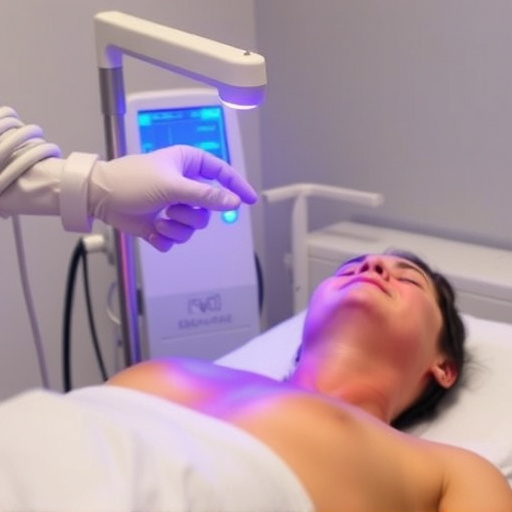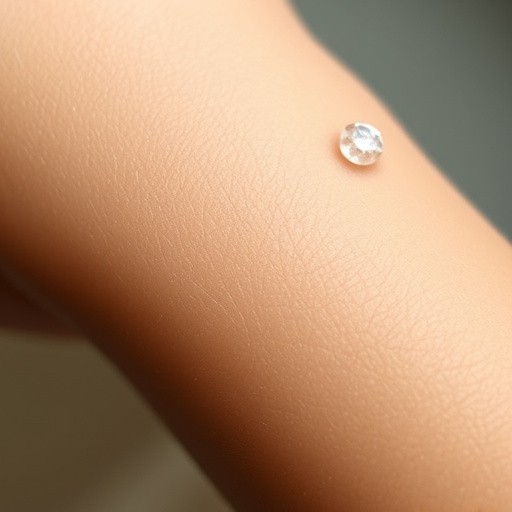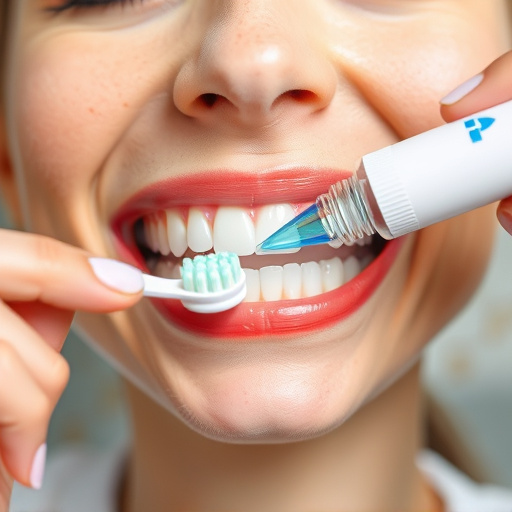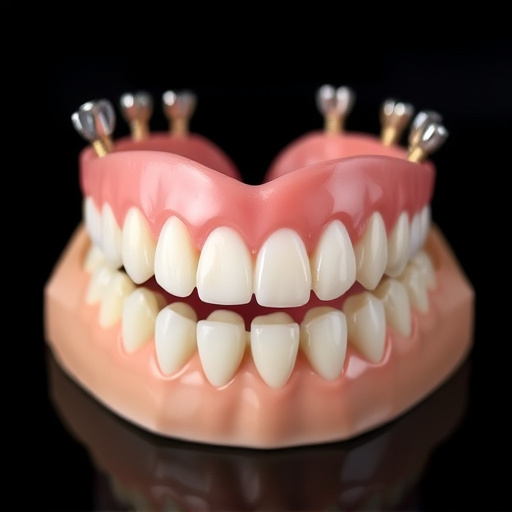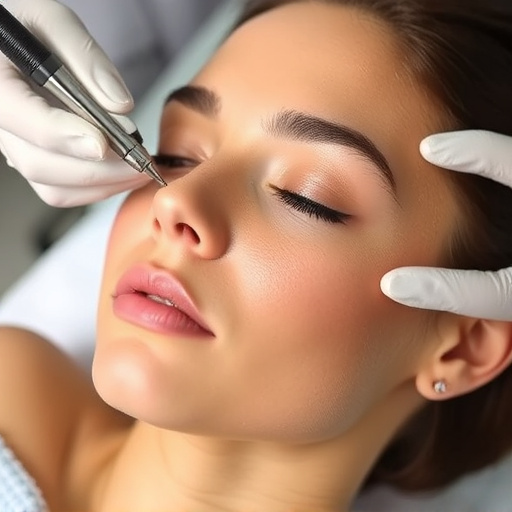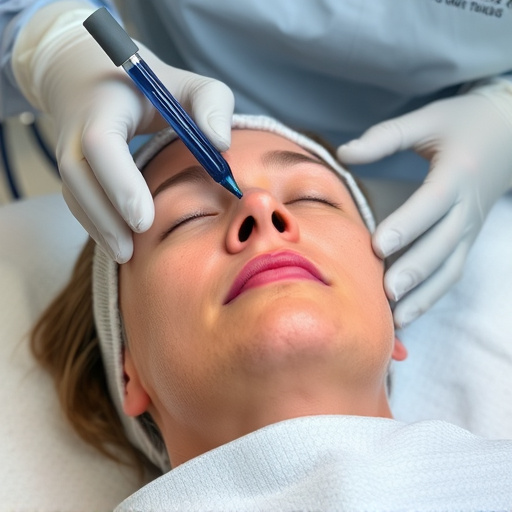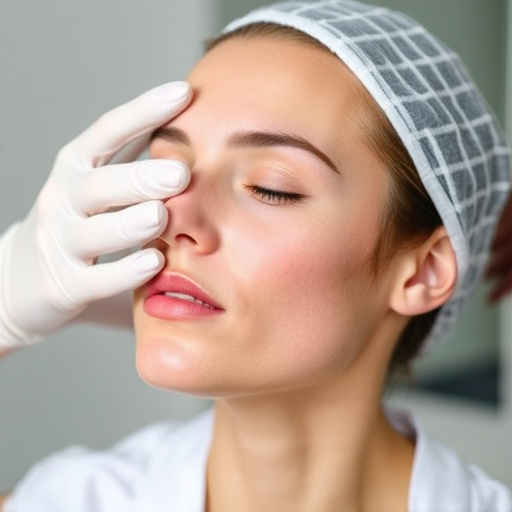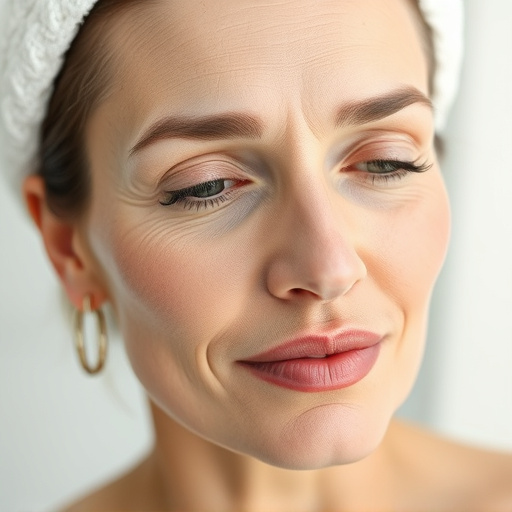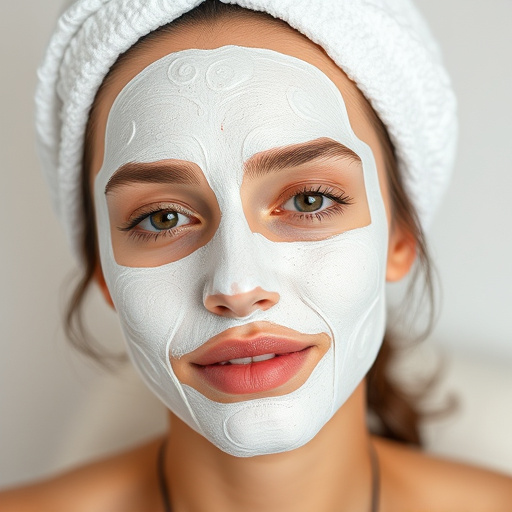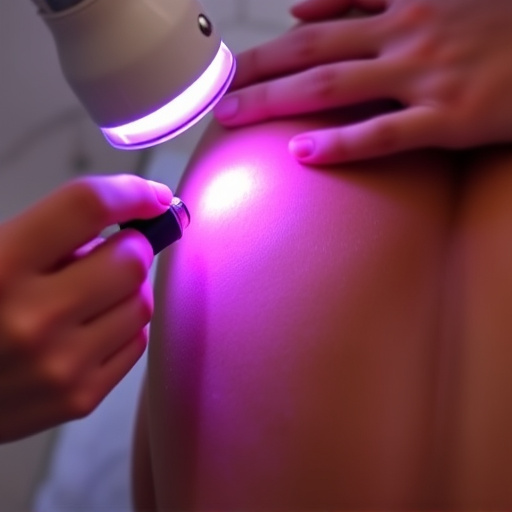Safe laser procedures, approved by global medical boards, offer precise, effective solutions for dermatological concerns. With rigorous guidelines on training, protocol adherence, and monitoring, these non-surgical treatments enhance skin texture, reduce wrinkles, and stimulate collagen production without harm. Best practices include thorough patient consultations, strict sanitation, skilled practitioners managing temporary side effects, and regular follow-ups to ensure optimal results and patient safety.
In today’s digital age, safe laser procedures have emerged as a game-changer in medical aesthetics. Understanding and adhering to strict standards is crucial for ensuring eye safety during these treatments. This article delves into the recommended practices by Medical Boards, highlighting top picks for eye protection. We explore navigating risks and best practices, providing insights for both professionals and patients interested in pursuing safe laser procedures.
- Understanding Safe Laser Procedure Standards
- Medical Boards' Top Picks for Eye Safety
- Navigating Risks: Best Practices for Laser Treatments
Understanding Safe Laser Procedure Standards
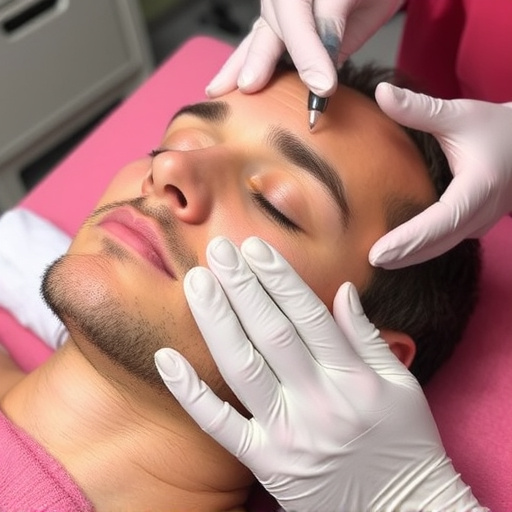
Safe laser procedures have become increasingly popular for their precision and effectiveness in various dermatological applications. Understanding the standards for safe laser procedures is paramount to ensure patient safety and optimal outcomes. Medical boards worldwide play a crucial role in setting guidelines and recommendations for these advanced non-surgical treatments.
These boards emphasize that proper training, adherence to protocol, and ongoing monitoring are essential components of safe laser practices. Professionals in the field of skincare must stay updated with the latest research and technology to offer evidence-based solutions. From skin brightening to addressing various skin concerns, professional skincare enthusiasts can leverage these safe laser procedures for transformative results without inciting harm or adverse reactions.
Medical Boards' Top Picks for Eye Safety
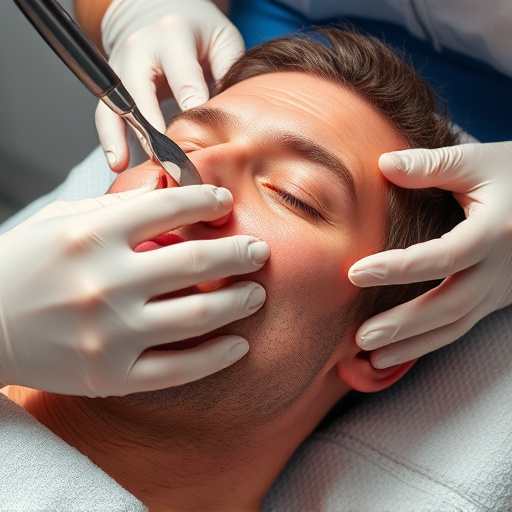
Medical Boards worldwide have recognized the benefits of laser technology for various aesthetic procedures and have approved specific safe laser procedures. When it comes to eye safety, these regulatory bodies have carefully selected treatments that minimize risks and ensure patient well-being. The top picks often include non-invasive procedures like intense pulsed light (IPL) therapy and certain laser skin resurfacing techniques. These methods are renowned for their ability to enhance skin texture, reduce wrinkles, and improve overall facial aesthetics without causing harm to the delicate eye area.
For instance, Intense Pulsed Light (IPL) devices emit broad-spectrum light that targets pigmentation and vascular lesions, making it a popular choice for treating sun damage and age spots. Meanwhile, advanced laser technologies, such as those used in microneedling therapy and select body contouring procedures, have gained approval due to their precision and ability to stimulate collagen production, leading to improved skin elasticity and reduced appearance of scars or imperfections—all while maintaining optimal eye safety during treatment.
Navigating Risks: Best Practices for Laser Treatments
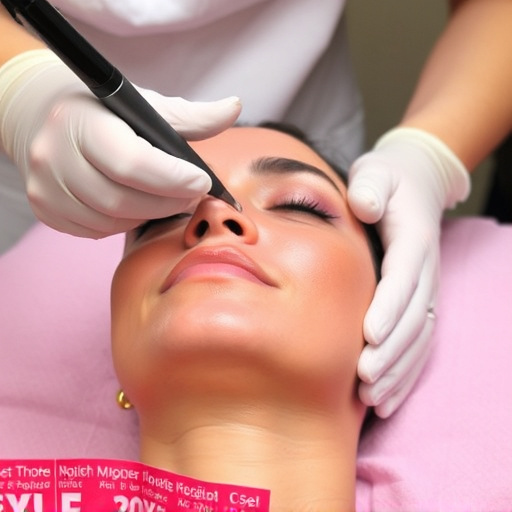
Navigating Risks: Best Practices for Laser Treatments
In the realm of safe laser procedures, understanding risks and adhering to best practices is paramount. Medical boards today recommend a meticulous approach when considering treatments like skin tightening, microneedling therapy, or hydrating facials. Professionals emphasize thorough patient consultations to assess skin condition, medical history, and expectations, ensuring informed consent. Pre- and post-treatment care protocols, including proper sanitation, are crucial to mitigate potential side effects.
For example, while laser treatments can be highly effective for various skin concerns, they may cause temporary redness, swelling, or discomfort. Skilled practitioners guide patients through these transient issues, offering tailored recommendations for recovery. Regular follow-up appointments allow for ongoing monitoring and adjustments, ensuring optimal results while prioritizing patient safety in every step of the process.
Safe laser procedures have evolved significantly, with medical boards worldwide recognizing their potential while emphasizing the importance of adhering to stringent standards. By prioritizing eye safety and implementing best practices, healthcare professionals can ensure minimal risks and optimal outcomes for patients undergoing these advanced treatments. Understanding and complying with recommended guidelines are key to harnessing the benefits of lasers in modern medicine.

